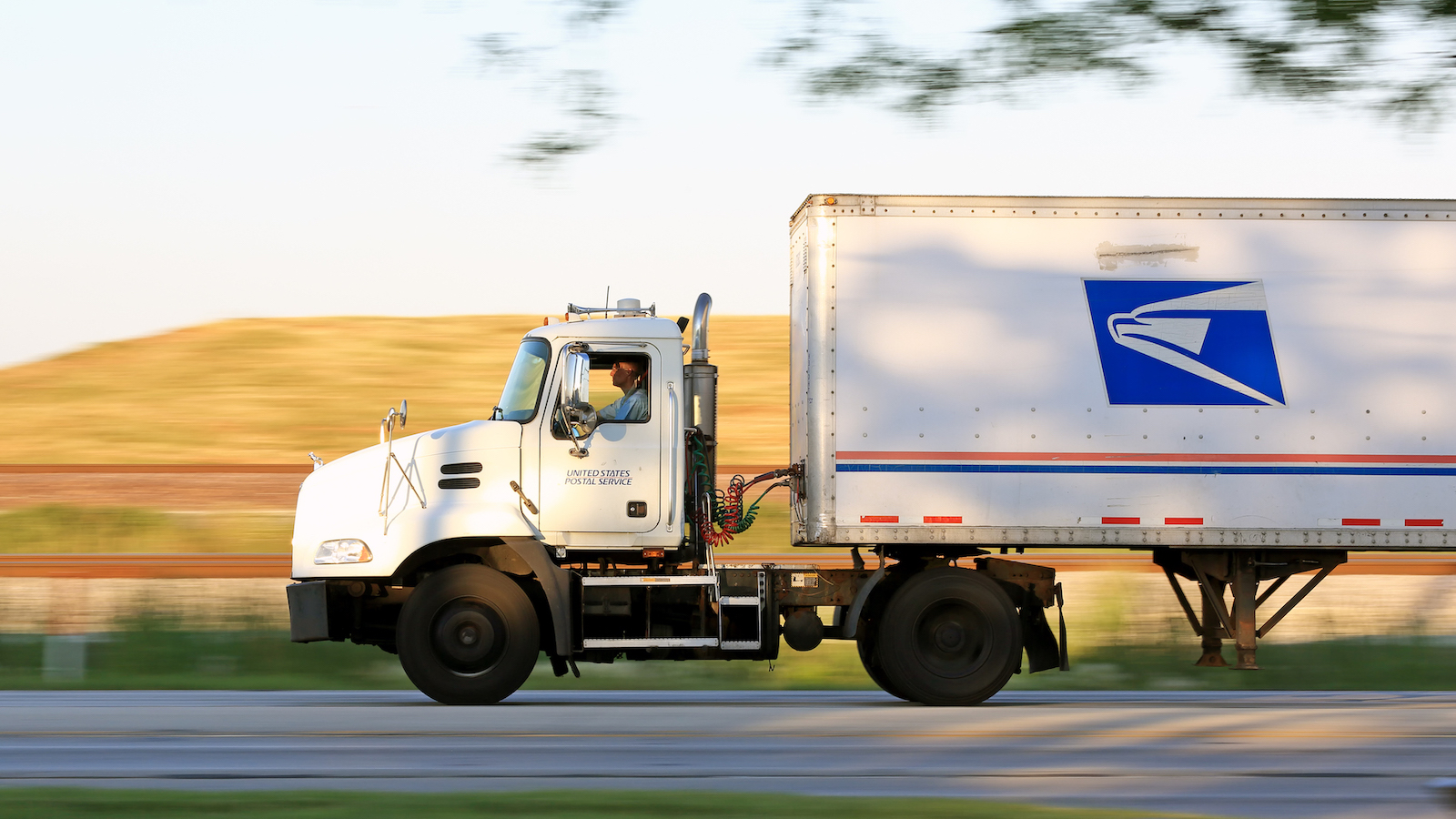Table of Contents
** Minutes
Why do ecommerce stores throw flash sales?
How long is a typical flash sale?
4 tips for running an ecommerce flash sale
Flash sales became popular in the early 2000s, and they continue to be an effective promotional strategy for ecommerce businesses.
Any ecommerce store can run a flash sale — but that doesn’t mean it’s easy. Unsuccessful flash sales can erode profits, hurt brand image, and attract disloyal, one-time-only customers. On the other hand, a well-executed flash sale can increase customer loyalty, aid in customer acquisition, and help move excess inventory.
In this article, we’ll share best practices of an ecommerce flash sale, including the best times to run one and the four major factors to consider.
What is a flash sale?
A flash sale is a sale of specific products that lasts for a short period of time, and can sometimes spout deals of 50%-70% of regular MSRP values. MSRP stands for “Manufacturer Suggested Retail Price” and is the recommended value of the item you’re selling.
Why do ecommerce stores throw flash sales?
Online shoppers now have more tools than ever before that help them research and compare products and online brands, especially when it comes to finding the lowest price. A flash sale offers exactly what customers are looking for, but only for a short period of time. This creates a sense of urgency and can ultimately boost sales quickly.
Here are some other common reasons:
Make room for new inventory
Getting rid of seasonal or specialty products to make room for new inventory can be a challenge. A flash sale can make it easier by clearing out old ecommerce inventory fast — if not within a few hours. Fashion brands do this very often as they have new season’s inventory coming in every few months. But no matter what type of product you sell, running a flash sale is a great way to make room for new products fast.
Sell off overstocked items
The more inventory you have stored, the higher your inventory carrying cost will be. Fortunately, there are several ways to optimise your inventory (such as calculating future demand and/or by implementing an inventory management software), but even with the right inventory tools, ordering too much product can happen.
You can wait until they sell on their own, but a flash sale is a great way to sell overstocked items faster, so you can make more room for new inventory that are in season or in higher demand.
Break even on poor-selling items
Just like overstocked items, poor-selling items sit on shelves, take up warehouse space, and aren’t helping you break even. By offering a flash sale on these types of items can help move them along and recuperate some of your initial costs.
Boost revenue
Flash sales have shown to generate a 35% lift in transaction rates. A temporary boost to revenue may be useful when purchasing new inventory. Regardless of what you need it for, flash sales are a great way to boost revenue for a short period of time.
Optimal times for flash sales
When is the best time to run a flash sale? Ask any ecommerce expert and they’ll say there is no “best practice” time for scheduling a flash sale. Most of the time it depends on the type of product you’re selling and when customers tend to purchase the most.
By looking at historical order data, you can make a better judgement call on when to run a flash sale that makes the most sense for your online store. But if you’re just starting out, here are some of the best times to run a flash sale:
Before the holiday season
During the holiday season, online shoppers are bombarded by marketing emails, which can cause flash sale fatigue. Also known as “peak season,” this is also the busiest time for ecommerce businesses.
If you run a flash sale with coordinated ecommerce holiday ads before the holiday season (as early as October), you have the opportunity to win over new customers, get ahead of the competition, and also make room for new inventory. This will help increase your customer base before the holiday shopping season even begins.
After the holiday season
Once the holidays are over, you may see a spike in order returns. That’s because customers are returning unwanted gifts, but that doesn’t mean you have to lose out on money. By offering a flash sale after the holiday season (in January), then you have an opportunity to make up for the lost in returns, as well as build customer loyalty.
Every few months
Consistently running a flash sale can tarnish your brand’s reputation. Timing is everything and it’s better to run a sale every few months. You can even tie your sale into a holiday, such as Mother’s Day, Valentine’s Day, etc., when online shoppers are oftentimes looking for deals.
How long is a typical flash sale?
The key to running a successful flash sale is the length of time it runs for. The shorter the sale the better; it creates a sense of urgency and encourages customers to act quickly. Studies show that 50% of flash sale orders occur within the first hour. Most flash sales last anywhere between a few hours to 36 hours.
4 tips for running an ecommerce flash sale
Before running your first flash sale, there are several things to keep in mind. It’s not just about being strategic in terms of what products you choose to put on sale, but it’s also important to ensure your fulfilment logistics strategy can support the surge in sales and get orders out on time.
Here are four factors to consider when running a flash sale:
1. Choosing a product
First and foremost, you’ll need to decide which product(s) to include in the sale. The products you select should be based on the customers that you’re trying to target.
If your goal is to target new customers, one tactic is to select a product that is popular with a competitor’s customers, and sell it temporarily at a much lower price. Alternatively, if you have a signature item that your brand is known for (or that you want to be known for), consider flash selling that item to boost brand awareness and gain new customers.
Ideally, these customers will love your product and come back to repurchase, or purchase add-ons and similar products at full price.
If you’re looking to target existing customers, one tactic is to select items that have high page views but low conversions — that is, products that your customers look at, but don’t buy. This is a good way to move excess inventory.
2. Promoting your sale
For your flash sale to be successful, you’ll need customers to visit your site and make a quick purchasing decision during a short window of time. To maximise the number of sales during the flash sale period, it’s important to start promoting the flash sale before it begins.
According to Shopify, no matter your industry, audience, or marketing channel, successful flash sale marketing boils down to the following formula:
Great merchandise + deep discount
In your marketing, emphasize the quality of your product, the limited quantity of both inventory and time, and the super-discounted price. As far as where and when you market your flash sale, research from Experian suggests that emailing your intended audience shortly before the sale starts is one of the most effective tactics.
In addition, we recommend using social media to promote your sale. According to BigCommerce’s History of Ecommerce, “ecommerce shoppers discover and are influenced to purchase products or services based on recommendations from friends, peers, and trusted sources (like influencers) on social networks like Facebook, Instagram, and Twitter.”
Make sure your posts include high-quality, engaging images of your products. Posts with images perform better across social networks than those without. For example, Facebook posts with images see 2.3x more engagement than those without images. Who knows — you might even go viral!
3. Managing inventory
More than 45% of flash sale items sell out before the sale has ended, which can create some unhappy customers — especially potential new customers who are visiting specifically for the deal promised in your marketing.
Working with a 3PLprovider that offers inventory management tools will help ensure that you have enough inventory in stock on the day of the sale. With ShipBob, for example, you’ll always have visibility into your inventory levels at any given time.
Using the ShipBob dashboard, you can track how much stock you have available at ShipBob’s fulfilment centres and receive notifications when you need to re-order. This helps set you up for success once your sale starts.
4. Fulfiling orders
When a customer clicks “check out,” their experience with your brand is really just beginning. Customers’ high expectations extend beyond your website to their doorsteps. In fact, 87% of online shoppers say that shipping speed is a key factor in deciding whether to shop with an ecommerce brand again.
It’s important to work with your 3PL to make sure that they’re fully prepared to fulfil the orders that come in from your flash sale. Make sure to notify your ecommerce fulfilment provider that you’ll be expecting a big influx of orders during a certain time period.
A reliable 3PL, like ShipBob, will make sure that your customers receive their orders quickly and affordably. This will ensure that your flash sale provides a good customer experience from start to finish, and hopefully they come back to purchase something full price.
How logistics plays a key role in flash sales
A successful flash sale strategy doesn’t end after marketing and promotion. You’ll also have to prepare your inventory, and consider how quickly and accurately you can get your orders out the door. The ability to optimise stock levels and offer fast shipping is the ultimate way to win customers over your competitors who are most likely running similar sales.
Turn your logistics strategy into a revenue driver
You can’t run a successful flash sale without the right logistics strategy. ShipBob is a tech-enabled 3PL that offers a robust fulfilment centre network and the technology to:
- Decide on where to store inventory based on where your customers are located
- Get insights into fulfilment performance, order demand, shipping, and more
- Better manage inventory levels with real-time visibility across fulfilment centres
- Set reorder notifications points once inventory starts to get low to avoid stockouts
- And much more!
To learn about how ShipBob can help grow your ecommerce business, click the button below to talk to a retail fulfilment expert today.



